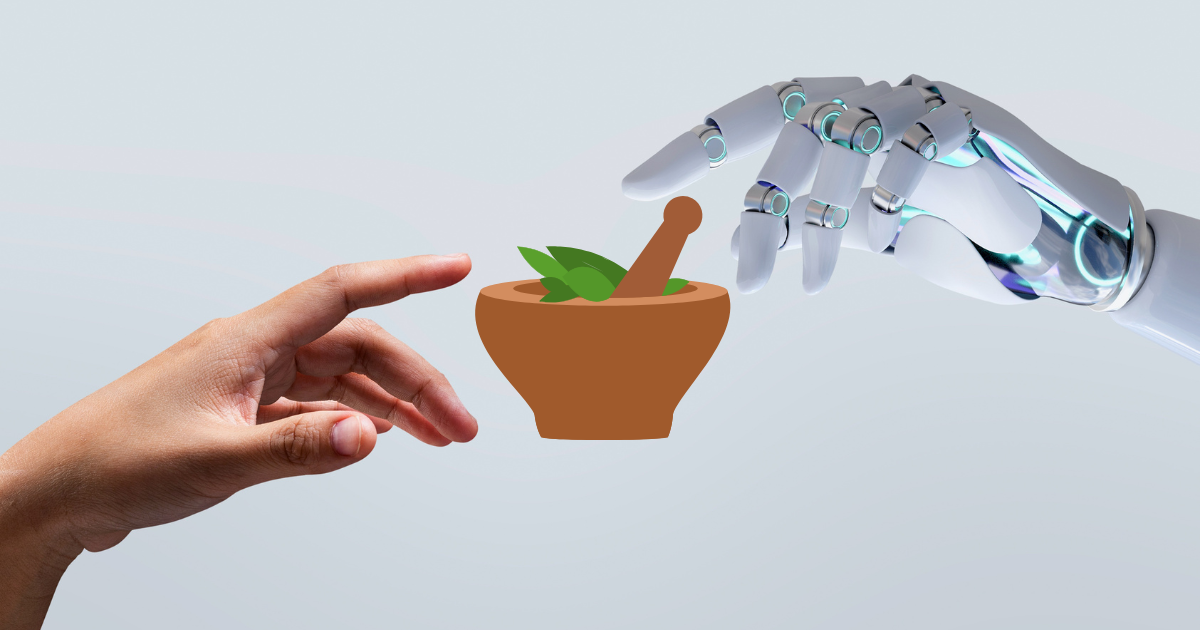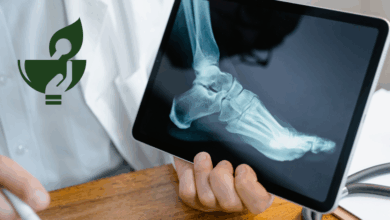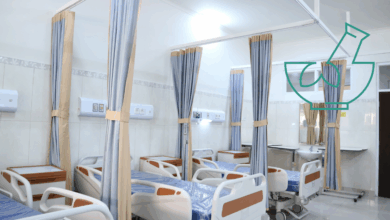India’s AI-Ayush Integration Earns WHO Recognition: A Global First in Traditional Medicine Innovation
India Leads the Way : From Tradition to Tech

In a groundbreaking acknowledgement, the World Health Organization (WHO) has officially recognized India’s pioneering role in blending Artificial Intelligence (AI) with traditional medicine, particularly the Ayush systems — Ayurveda, Yoga & Naturopathy, Unani, Siddha, Sowa-Rigpa, and Homoeopathy.
This global recognition comes through WHO’s latest technical brief titled “Mapping the Application of Artificial Intelligence in Traditional Medicine”, which spotlights India’s unique efforts in reshaping ancient healing systems with the power of modern technology.
🇮🇳 India Leads the Way: From Tradition to Tech
India is the first country to influence and shape WHO’s global roadmap on integrating AI into traditional healthcare. The WHO brief praises India’s innovations in AI-based diagnosis, genome-integrated Ayurvedic research (Ayurgenomics), digital heritage protection, and clinical decision support systems rooted in traditional practices.
“India is not just preserving its traditional knowledge — it is evolving it through responsible, intelligent innovation,” remarked a WHO official during the announcement.
💡 What Makes India’s Model Stand Out?
Here are the major highlights of India’s AI-powered traditional medicine framework that impressed global health leaders:
-
AI-Based Diagnostic Tools: Algorithms now assist practitioners in traditional diagnostics like pulse analysis, prakriti typing, tongue examination, and personalized herbal prescriptions.
-
Ayurgenomics: A cutting-edge initiative that maps Ayurvedic body types (prakriti) with genomic markers to better predict disease susceptibility and offer precise lifestyle advice.
-
Chemical Sensor Technologies: Advanced tools powered by AI now help evaluate classical Ayurvedic properties such as Rasa (taste), Guna (qualities), and Virya (potency) for drug standardization.
-
TKDL (Traditional Knowledge Digital Library): India’s digital archive, supported by AI indexing and semantic search, now safeguards over 3 lakh traditional formulations—helping fight bio-piracy and ensuring global access.
-
Ayush Grid & Digital Portals: Initiatives like SAHI, NAMASTE, and the Ayush Research Portal now offer digital, AI-integrated platforms for healthcare delivery, practitioner education, research tracking, and patient services.
🎙️ Voices from the Frontlines
Ayush Minister Prataprao Jadhav expressed pride in WHO’s validation, calling it “a victory for both tradition and innovation.”
“India’s systems are rooted in holistic care. With AI, we’re not just looking backward — we’re stepping confidently into the future,” said Vaidya Rajesh Kotecha, Secretary of the Ministry of Ayush.
Researchers involved in Ayurgenomics also emphasized that the fusion of biology and tradition can revolutionize preventive medicine. “We are moving from generic prescriptions to personalized wellness, backed by data,” noted Dr. Neha Verma, a genomic researcher from Delhi.
🌍 Global Implications
WHO’s endorsement may pave the way for worldwide adoption of AI-driven traditional healthcare models, especially in countries where Ayurveda and similar systems are gaining popularity. The global health body has also invited member nations to draw lessons from India’s digital traditional health infrastructure.
This milestone comes just ahead of the WHO Global Summit on Traditional Medicine, set to take place in Geneva later this year — where India is expected to play a leading role.
🧠 The Bottom Line
India has shown that technology and tradition are not opposing forces — they can converge to create a smarter, holistic, globally relevant healthcare future.
With WHO’s nod, India’s Ayush-AI integration may just be the model that the world didn’t know it needed — until now.

